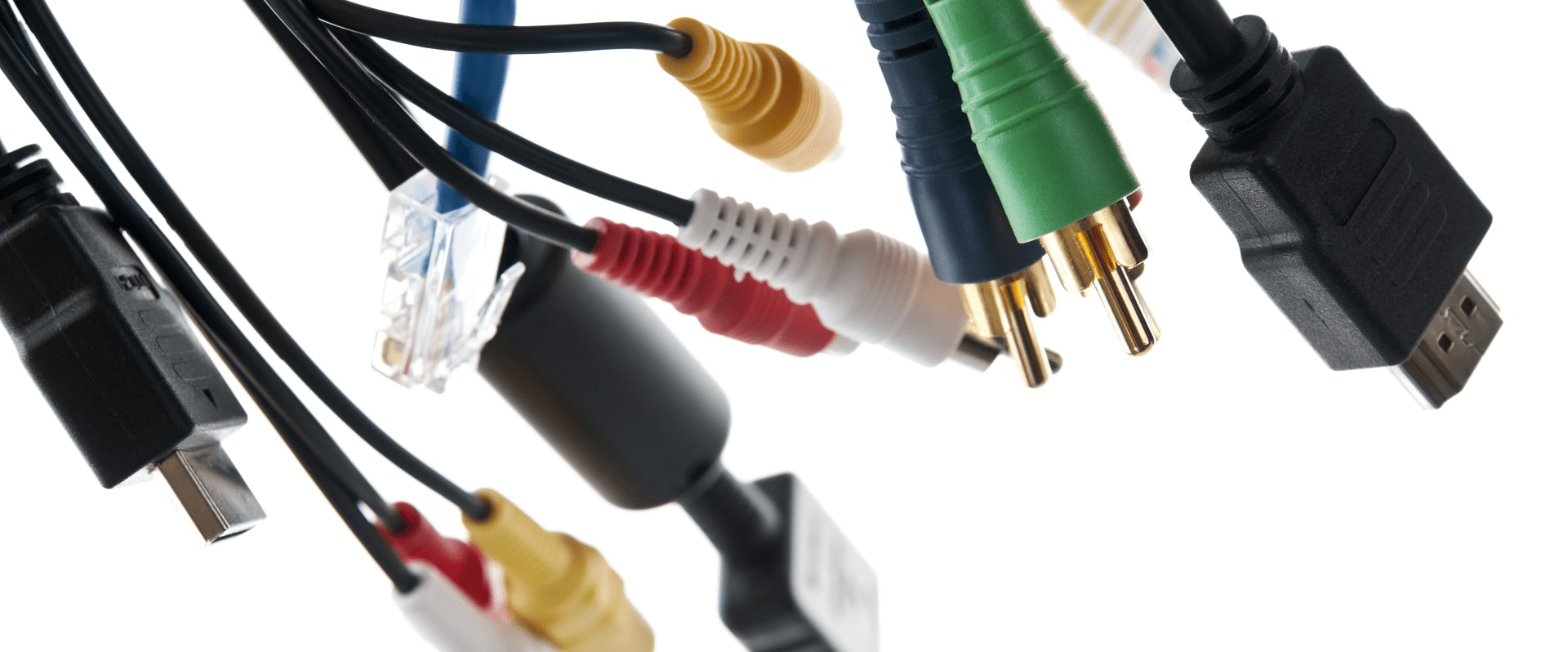
'Passive Devices' now in scope of German WEEE Regulations
May 8th, 2019
From 1st May 2019, a new interpretation by the German WEEE Regulator (Stiftung EAR) of the German WEEE regulation (ElektroG) has aligned the scope of EEE that must comply with the regulations to that of many other EU Member States, by introducing ‘Passive Devices’.
What are ‘Passive Devices’?
Passive Devices are devices which are not powered by electricity, but simply conduct electric currents. They don’t have any ‘active’ electrical functionality, and are listed as:
- Adapters, jacks & connectors (e.g. DVI-HDMI adapter)
- Prefabricated (ready-made) cables (e.g. HDMI, USB and extension cables)
- Sockets & wall plugs
- Switches (e.g. light switches)
- Antennas (e.g. roof antennas)
- Fuses (e.g. microfuses)
Stiftung EAR’s detailed listing of Passive Devices (including photographic examples) is available here.
The requirement only affects devices which are designed for use at no more than 1000 volts AC or 1500 volts DC, and only ‘finished’ equipment should be considered. Devices that are components to finished equipment remain out of scope (e.g. reels of cable with no end connections, switches and buttons for integration to an assembled product).
EEE Scope alignment
As mentioned, the bringing into scope of Passive Devices now aligns Germany with what many other EU Member States already considered as in-scope, particularly since the ‘Open Scope’ concept came into effect in August 2018 – this being the six new EEE categories included in Annex III of the WEEE Recast Directive 2012/19/EU.
Many EU Member States took the introduction of the Open Scope concept as an opportunity to reassess their guidance and include Passive Devices in the national scope (if not already covered prior to Open Scope), but Stiftung EAR held firm that Open Scope did not bring Passive Devices into scope in Germany. Therefore, it was a surprise move in early 2019, when the authority announced that Passive Devices would fall into scope from 1st May 2019.
The changes introduced in Germany do now appear to go beyond the requirements of most other EU Member States by specifically naming the affected Passive Devices and placing an emphasis that these types of products must be covered by a registration in the correct EEE product category and be reported accordingly. On the other hand, producers in many other EU Member States, for example, might consider certain Passive Devices to be part of another type of EEE and report the devices as part of that EEE, rather than as distinct items of EEE in their own right.
What does this mean for existing and new WEEE producers in Germany?
Producers must ensure that they have a WEEE registration in place to cover the Passive Devices they place on the German market, which will be under one of the following EEE categories:
- Category 4: Large Equipment
- Category 5: Small Equipment
- Category 6: Small IT & Telecommunications Equipment
All producers should review their product lines sold in Germany to identify any products that are considered Passive Devices.
What if you are an existing WEEE producer?
Existing producers with current exposure for ‘active’ EEE, may find that they have additional exposure for Passive Devices, which they are not currently reporting in Germany.
Depending on what Passive Devices a producer identifies in their product lines, it may be that these devices can be reported under an existing EEE product category registration. If there is no suitable EEE product category registration, then the producer must create one – this can take up to 12 weeks for Stiftung EAR to process.
What if you are a new WEEE producer?
Some companies may not have had exposure as a WEEE producer in Germany prior to 1st May, because they did not place on the market any ‘active’ EEE – they only placed on the market so-called Passive Devices. These companies, who are now exposed, must start a whole new application as a WEEE producer in Germany, including ensuring that a registration under the appropriate EEE product category for their Passive Devices is created – this can take up to 12 weeks (or longer) for Stiftung EAR to process.
Other compliance aspects to consider
Passive Devices must also of course (as discernible items of EEE), be appropriately marked, as directed by ElektroG. For example, marked with the crossed-out wheelie bin symbol and have the appropriate producer identification.
Unlike in other EU Member State, where there has been less emphasis on Passive Devices (even if they are in scope), there may be more of a risk of enforcement in Germany. Fines are reported to be up to €100,000 for failure to create the appropriate EEE category registrations and maintain reporting of Passive Devices.
If you need help to register as a WEEE producer in Germany and to provide legally-robust WEEE collection, recycling and data reporting arrangements,
please contact one of our EC4P compliance consultants.
If you need help to register as a WEEE producer in Germany and to provide legally-robust WEEE collection, recycling and data reporting arrangements,
please contact one of our EC4P compliance consultants.
Stay up to date.
Join our mailing list to receive Global EPR Alerts, access country compliance profiles and find out about upcoming webinars. We won't share your details and you can unsubscribe at any point.
Sphera is the leading provider of Environmental, Social and Governance (ESG) performance and risk management software, data and consulting services with a focus on Environment, Health, Safety & Sustainability (EHS&S), Operational Risk Management and Product Stewardship.
Sphera Compliance Ltd
Overmoor, Corsham
Wiltshire, UK
SN13 9TZ
Copyright © 2025 Sphera. All rights reserved.